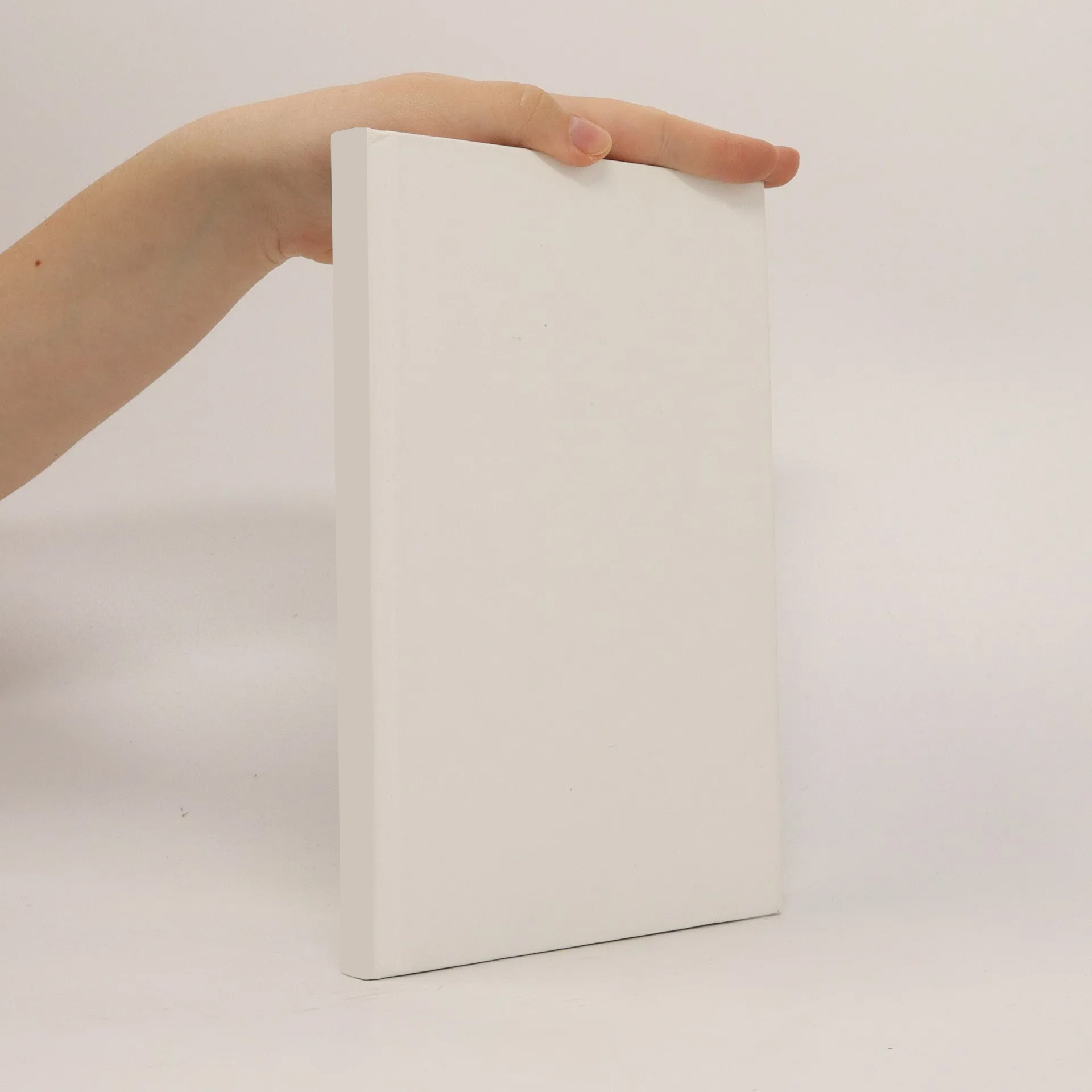
More about the book
The Panama Canal, a monumental engineering achievement, was not just a construction project but a cultural phenomenon filled with interpretations and visions of society. Alexander Missal’s exploration of this history reveals how journalists, travel writers, and officials portrayed the Canal as a model society managed with efficiency and authoritarianism, showcasing innovations in technology and health. These narratives catered to a middle-class American audience, depicting the Canal as a foreign yet familiar utopia, a vision reinforced by the 1915 Panama-Pacific International Exposition celebrating its completion. This portrayal became a symbol of Americans' search for order in a rapidly modernizing world, reflecting both anxiety and anticipation. However, this utopian vision came at the cost of exclusion, as the contributions of West Indian laborers were overlooked in favor of celebrating the white elite in charge. Influenced by the masculine ideal represented by President Theodore Roosevelt, writers framed the Canal Zone as a male-dominated endeavor, with Chief Engineer George W. Goethals epitomizing the new social leader—an engineer-soldier. Through these depictions, the project not only mirrored popular attitudes of the time but also played a role in shaping perceptions of the evolving modern world.
Book purchase
Seaway to the future, Alexander Missal
- Language
- Released
- 2008
Payment methods
We’re missing your review here.